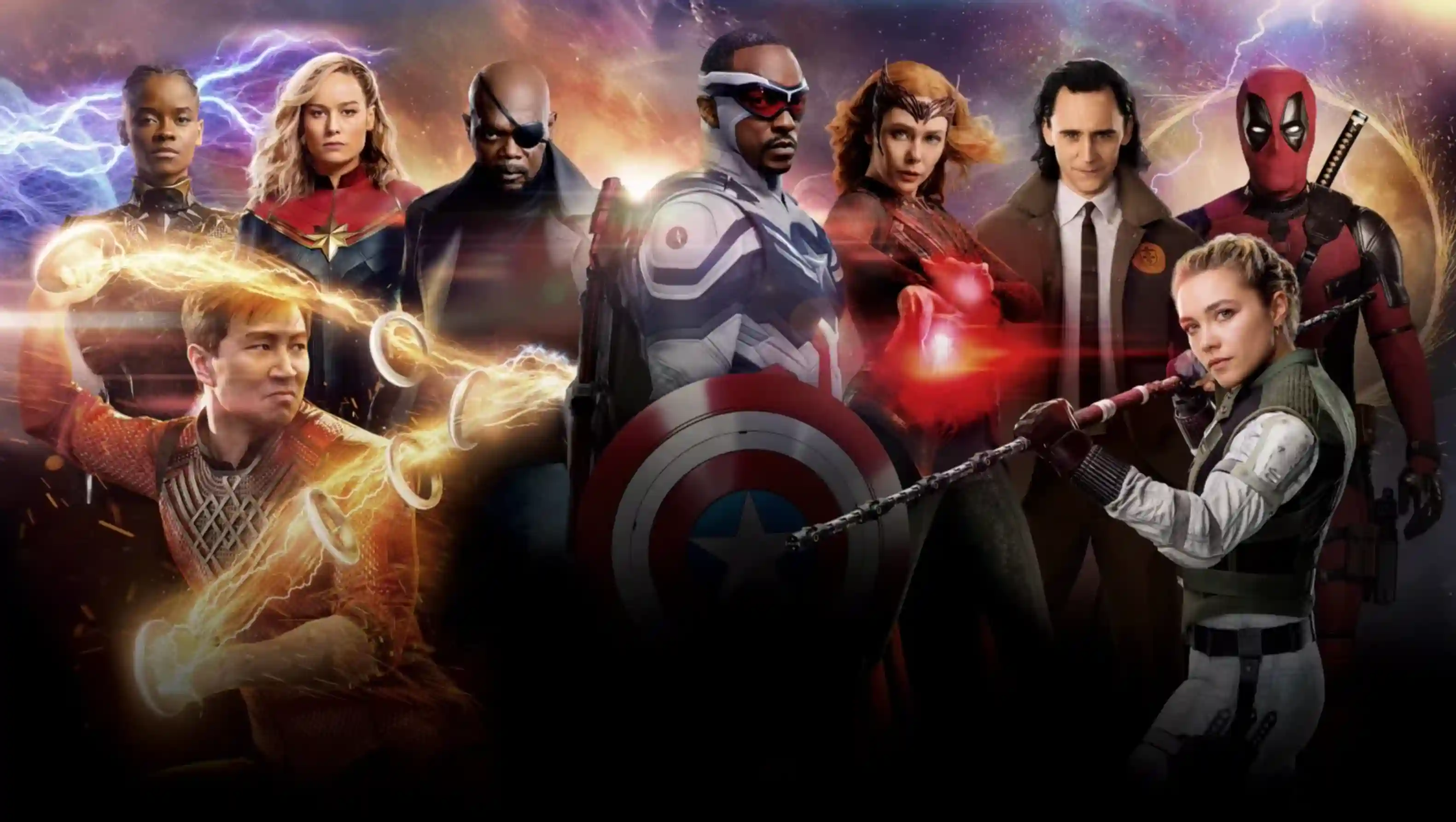Bud Light's Marketing Strategy: The Rise to Dominance
Updated on
Published on


Bud Light, a well-known beer brand from America, has had an incredible journey since it first started. Due to clever marketing strategies, it held the title of America's top-selling beer for many years. To keep up with the times, Bud Light had to undergo some transformations of its own. In this article, we will delve into Bud Light's marketing strategy, its decline, and how the brand is working towards making a comeback.
Bud Light's story started back in the 1980s, when it was introduced to the world as Budweiser Light. Eventually, it was given the name Bud Light. During that time, light beer was becoming more and more popular. Bud Light recognized this as a chance to reach out to a new group of consumers. Anheuser-Busch, the brand's parent company, initially didn't fully support it, but eventually they made the decision to embrace the rising popularity of light beer. Bud Light had great marketing success with their "Famous Among Friends" campaign. Consumers really connected with this messaging, and it played a big role in Bud Light's growth. In 1987, Bud Light's marketing team made a clever decision by introducing Spuds MacKenzie, the bull terrier, as the mascot for the brand. Spuds quickly became a huge hit in pop culture, representing the lively and fun-loving personality that made Bud Light stand out from other brands. The campaign did really well and increased sales by 21% in its first year.

The Downfall: Facing Challenges
Over the years, the beer industry has undergone significant changes and transformations. Bud Light's marketing strategies were effective in the past, but as consumers' tastes became more refined, they started to lose their appeal. Bud Light's light lager faced a challenge due to the increasing popularity of craft breweries and people's growing fascination with unique and flavorful beers. Consumers saw Coors Light and Miller Lite as similar light lagers that could be easily swapped out for one another. This has made it quite challenging for Bud Light to continue being the dominant player.
When Bud Light's marketing strategies started to lose their appeal, the brand found itself at a crucial point. It led to the decision to collaborate with transgender influencer Dylan Mulvaney. The brand made a big change in their marketing strategy by focusing on diversity and inclusivity. The decision to make this move was meant to connect with a different group of people, but it ended up causing a negative reaction that played a part in the brand's decline.
On April 1st, Dylan Mulvaney, with more than 10.8 million followers, shared a promotional video on her social media profiles. The purpose of the video was to promote Bud Light's "Easy Carry Contest," which involved a $15,000 giveaway connected to March Madness. It humorously showcased Mulvaney's limited understanding of sports. However, many conservative social media personalities, politicians, and celebrities were quick to express their disapproval of the video's emphasis on a transgender influencer collaborating with Bud Light. Critics have been using transphobic language to criticize the brand, claiming that it is trying to appeal to current advertising trends focused on social awareness and taking advantage of the political climate.

The negative comments started to gain a lot of attention, and people began calling for a boycott of Bud Light and its parent company on social media. Some critics went beyond expressing their dissatisfaction on social media by sharing videos of themselves shooting Bud Light cans or setting beer boxes on fire. The situation became more intense when news broke that a Bud Light factory had allegedly received a bomb threat, underscoring the seriousness of the negative response. The controversy surrounding the transgender influencer campaign had a negative effect on Bud Light's relationship with its consumers. The brand's errors caused a significant loss of trust among the majority of its customers, who questioned the brand's sincerity and intentions.
Bud Light is determined to keep going, even in the face of obstacles. The company has developed plans to regain its position and stay current in the changing beverage industry. Bud Light is making progress towards recovery by addressing the controversy and showing a strong commitment to being accountable. The CEO, Brendan Whitworth, made it clear that it's crucial for every consumer to feel proud. He also emphasized the brand's mission of bringing people together through the enjoyment of beer. Anheuser-Busch has made the decision to change its marketing focus, acknowledging the need for a shift. The company is planning to shift its marketing campaigns towards sports and music. The goal of this strategy is to reconnect with Bud Light's main audience, who have always associated the brand with social events, entertainment, and celebrations.
In an effort to improve its reputation and establish a stronger connection with consumers, Bud Light recently shared some exciting news about the Bud Light Backyard Tour. They're organizing a summer concert series that will showcase some amazing headlining artists. The brand wants to give fans a special and exciting experience that will make them feel closer to their favourite artists. Bud Light wants to reconnect with its audience by embracing music and live events. In order to mend the divisions among its consumer base, Bud Light should focus on promoting inclusivity through its marketing and branding strategies. The strategy should take into account partnerships and campaigns that connect with a wide range of people and show cultural sensitivity. Promoting tolerance and unity can be beneficial in bridging the gap that has arisen during the controversy.

As consumers' tastes and preferences continue to change, it would be beneficial for Bud Light to consider introducing new and innovative products. This could include coming up with new types of beer, trying out various flavours, or even exploring the popular hard seltzer market. To stay relevant and appeal to a wider audience, Bud Light keeps a close eye on market trends. The story of Bud Light's rise to the top and subsequent decline is a perfect example of how the beverage industry is always changing and how brands have to work hard to stay in the game. The brand's marketing strategies played a crucial role in its success, but it has faced significant challenges due to shifting consumer preferences, growing competition, and a divided consumer base. Bud Light is working towards recovery by recognizing the mistakes it has made, changing its marketing strategy, and embracing inclusivity. The brand is making efforts to rebuild its image and reconnect with its audience by launching initiatives like the Bud Light Backyard Tour and using innovation. Ultimately, Bud Light's success will depend on its capacity to adjust to the ever-changing market environment while remaining committed to its fundamental principles and purpose of uniting individuals through the enjoyment of a beer. We'll have to wait and see if Bud Light can step up and reclaim its previous success in the brewing industry.







